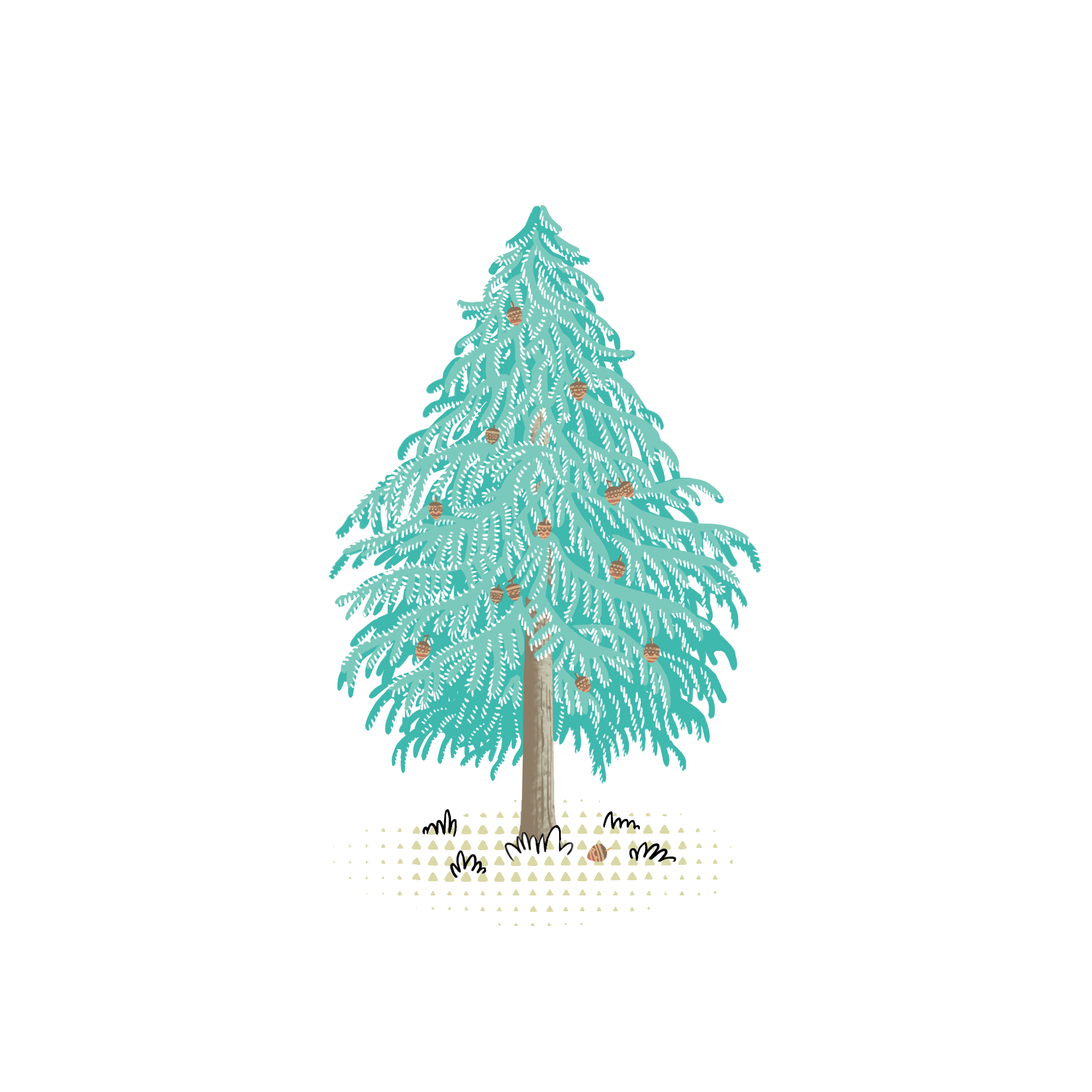
Adopt or gift a Cedar
Adventurous people
Determined people
Who wants to say "thank you"
The Himalayan cedar (Cedrus deodara) is an evergreen tree whose name "deodara" comes from the Sanskrit "devadar" meaning "tree of the gods". It takes its inspiration from the tree's connection with the Himalayas, which are considered sacred mountains. It has a durable and very strong wood, used in building construction and for large sculptures. Dedicated to people with strong and solid personalities.
Features
Scientific name: Cedrus deodara
Common name: Cedar
Widespread in eastern Afghanistan, northern Pakistan, Kashmir, India, Tibet and Nepal. Likes high altitudes, in fact we encounter it between 1550 and 3200 meters. There are only 4 species of it, but some classify all as subspecies of a single species.It is an evergreen conifer that can reach 50 meters in height. The long, slender trunk is the origin of horizontally oriented branches, which bend downward with age. These host light green needles gathered in groups of 10 to 20, which are rather soft.
Fun facts
The name "deodar" comes from the Sanskrit "devadar," meaning "tree of the gods". The name derives from the tree's connection with the Himalayas, which are considered sacred mountains. The first specimen was introduced to Italy in the early 1800s and is found in the Botanical Garden of Padua.
Properties and Uses
The rather light, fragrant, reddish-brown to light yellow to yellowish-brown wood is very resistant to lignicolous insect attacks. It finds use in building construction, for large sculptures, railway sleepers, carpentry and cabinet making. It is also employed as an ornamental plant in parks and large gardens.
Why adopt or gift a Cedar: what makes it unique
of CO2 captured over a year
reachable height
maximum life expectancy
Forests where you can grow your own Cedar, adopting it or giving it as a gift.

Join our community
Do you like trivia about trees and forests, and want to know how you can help create a greener future and help nature?
Sign up for our newsletter!
A couple of times a month you will receive news, scientific insights without catastrophizing, offers to adopt our trees, and news from our projects. With WOWnature, helping the planet becomes a positive experience. Every tree is a step toward a better future.


